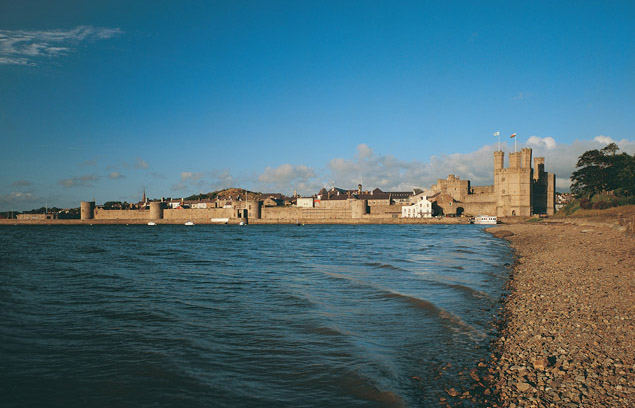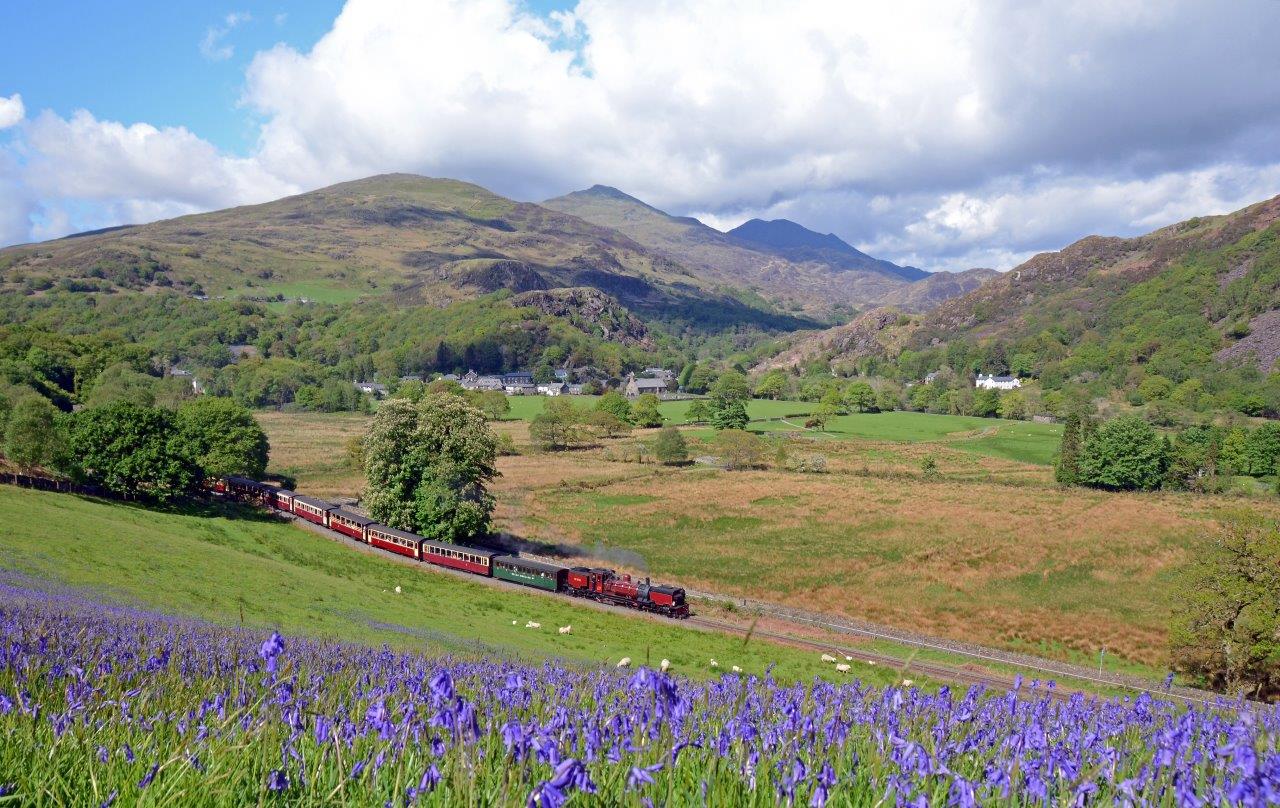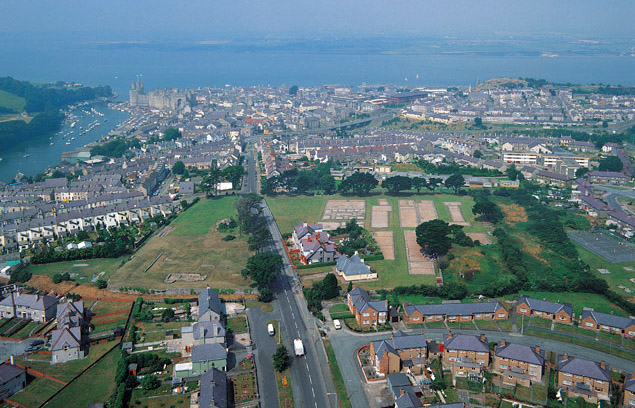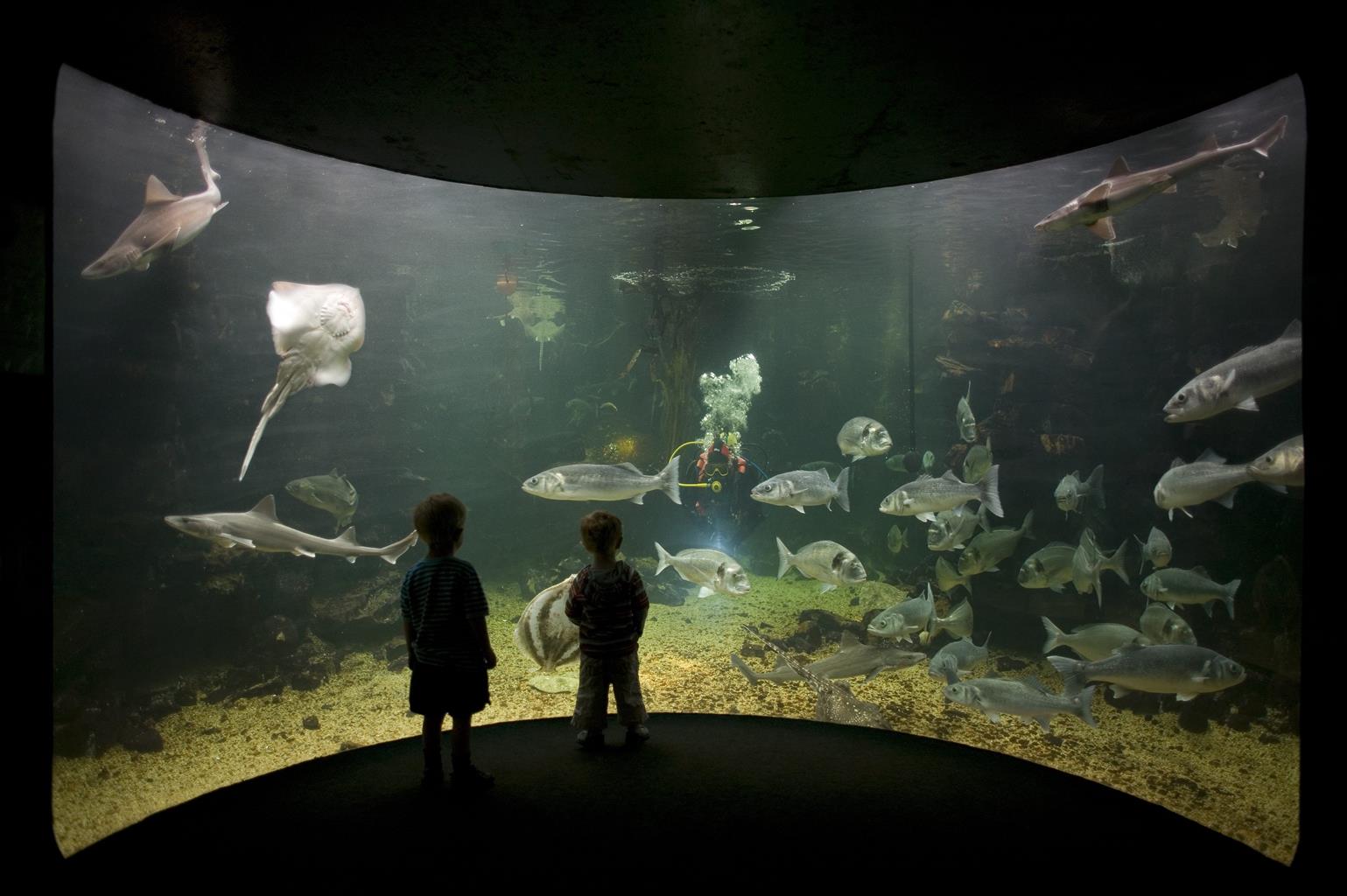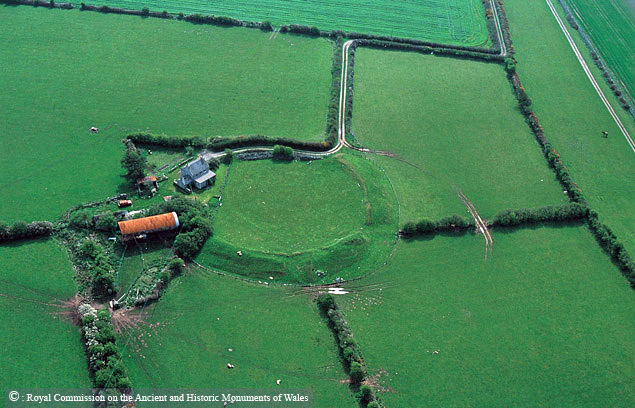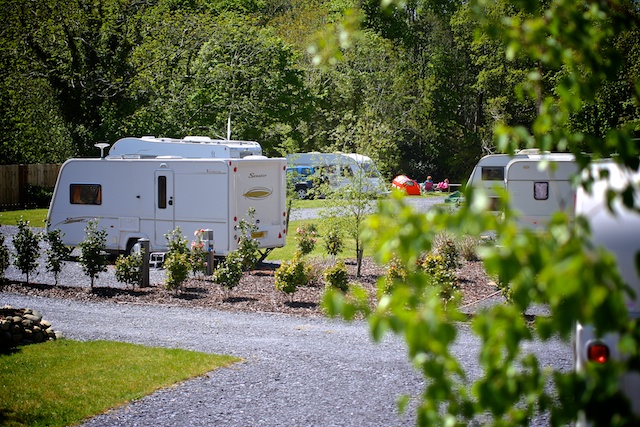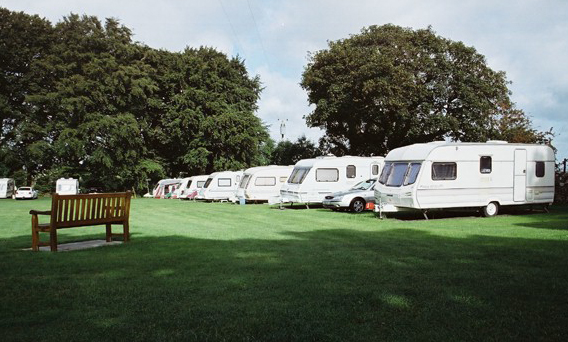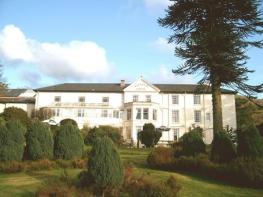Located within Caernarfon's historic town walls, Black Boy Inn, a fine 16th-century inn, has low…
Our View
In 1282, Llewelyn ap Gruffydd, the last native Prince of Wales, was killed in an ambush, and Welsh resistance to English occupation began to crumble. The victorious Edward I offered the Welsh a prince who was born in Wales, could speak no word of English, and whose life and reputation no one would be able to stain. He had in mind his infant son, later Edward II, who became the first English Prince of Wales. Edward was invested in Wales in 1301, and the tradition has continued ever since. In 1969, Prince Charles was invested as the current Prince of Wales in Caernarfon’s courtyard, watched by a worldwide television audience of millions. Building of the castle started in 1283, but a decade later the unfinished fortress was attacked during a Welsh rebellion, and considerable damage was done. Believing he couldn’t trust the locals, Edward press-ganged English craftsmen and labourers to rebuild, creating what still remains the grandest and most impressive of all the Welsh castles. Edward intended his castle not only as a fortress, but also the seat of his government in Wales and his own official residence there. Caernarfon Castle is shaped like an hourglass. Great walls with stones in banded colours (inspired by the walls of Constantinople, which Edward admired while on a crusade) run between the great towers, topped by battlemented wall-walks. The defences of the castle were formidable. In order to gain access to the courtyard, visitors were obliged to cross two drawbridges, pass through five heavy doors and walk under six portcullises. A range of arrow slits and murder holes, through which an unpleasant array of deadly missiles could be hurled down onto unwelcome guests, protected the entire way.
Facilities – at a glance
Assist dogs allowed
Features
- Parking nearby
- Facilities: Portable induction loop, video presentation, access ramp
- Open all year
- Opening Times: Open all year, daily Mar-Jun & Sep-Oct, 9.30-5; Jul-Aug, 9.30-6; Nov-Feb, Mon-Sat 10-4, Sun 11-4 (last admission 30mins before close). Closed 24-26 Dec & 1 Jan
Also in the area
About the area
Discover Gwynedd
The county of Gwynedd is home to most of the Snowdonia National Park – including the wettest spot in Britain, an arête running up to Snowdon’s summit that receives an average annual rainfall of 4,473mm. With its mighty peaks, rivers and strong Welsh heritage (it has the highest proportion of Welsh-speakers in all of Wales), it’s always been an extremely popular place to visit and live. The busiest part is around Snowdon; around 750,000 people climb, walk or ride the train to the summit each year.
Also in Gwynedd is the Llyn Peninsula, a remote part of Wales sticking 30 miles out into the Irish Sea. At the base of the peninsula is Porthmadog, a small town linked to Snowdonia by two steam railways – the Welsh Highland Railway and the Ffestiniog Railway. Other popular places are Criccieth, with a castle on its headland overlooking the beach, Pwllheli, and Abersoch and the St Tudwal Islands. Elsewhere, the peninsula is all about wildlife, tranquillity, and ancient sacred sites. Tre’r Ceiri hill fort is an Iron Age settlement set beside the coastal mountain of Yr Eifl, while Bardsey Island, at the tip of the peninsula, was the site of a fifth-century Celtic monastery.
Nearby stays
Places to Stay
Dining nearby
Restaurants and Pubs
Why choose Rated Trips?
Your trusted guide to rated places across the UK
The best coverage
Discover more than 15,000 professionally rated places to stay, eat and visit from across the UK and Ireland.
Quality assured
Choose a place to stay safe in the knowledge that it has been expertly assessed by trained assessors.
Plan your next trip
Search by location or the type of place you're visiting to find your next ideal holiday experience.
Travel inspiration
Read our articles, city guides and recommended things to do for inspiration. We're here to help you explore the UK.



